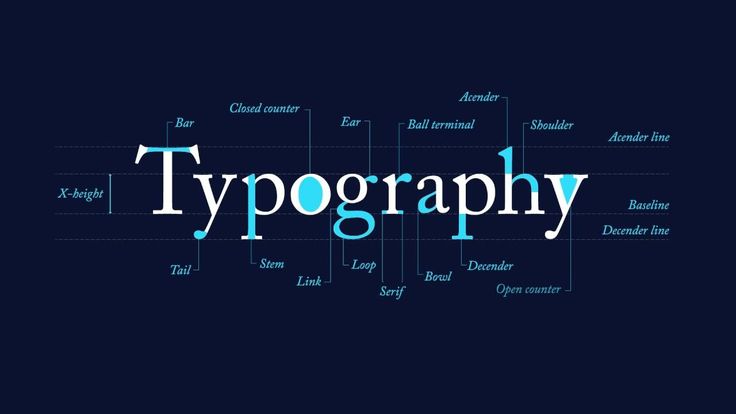In an increasingly digital world, web design has evolved significantly to accommodate a diverse range of devices and screen sizes. One critical aspect that often goes overlooked is typography. Responsive typography is more than just making text fit on different screens; it plays a vital role in enhancing user experience, readability, and overall design aesthetic. In this blog, we’ll explore the importance of responsive typography in web design and how it can elevate your website’s performance.

Table of Contents
Toggle1. Enhances Readability
The primary goal of typography is to communicate information clearly and effectively. Responsive typography adjusts text size, line height, and letter spacing based on the screen size and resolution, ensuring that your content is easily readable across all devices. Here’s how it helps:
- Scalability: Text that scales appropriately allows users to read without squinting or straining their eyes, whether they are on a mobile phone, tablet, or desktop.
- Line Length: Optimal line length contributes to better readability. Responsive typography can help maintain ideal line lengths, making it easier for users to follow the text.
2. Improves User Experience
A positive user experience (UX) is essential for keeping visitors engaged and encouraging them to stay on your site longer. Responsive typography contributes to UX in several ways:
- Accessibility: Users with visual impairments may rely on larger text sizes or specific fonts. Responsive typography ensures that your site is accessible to a broader audience by accommodating different user needs.
- Consistency: Responsive typography maintains a consistent visual hierarchy across devices. This consistency helps users navigate your content more intuitively, improving overall site usability.
3. Adapts to Different Screen Sizes
With the variety of devices available today, responsive typography ensures your text looks good on any screen. Consider the following aspects:
- Fluid Typography: Using CSS units like
vw(viewport width) andvh(viewport height) allows text to scale smoothly based on the size of the device. This adaptability ensures that headlines, body text, and other typographic elements remain proportional across all devices. - Breakpoints: Setting specific breakpoints for typography helps adjust font sizes and styles at certain screen widths, optimizing readability and aesthetics.
4. Enhances Aesthetic Appeal
Typography is a crucial element of your site’s overall design. Responsive typography can enhance the visual appeal of your website by:
- Creating Hierarchy: By adjusting font sizes, weights, and styles, you can establish a clear hierarchy that guides users through your content. This hierarchy not only improves readability but also enhances the overall aesthetic of your site.
- Branding: Consistent use of fonts and typography styles reinforces your brand identity. Responsive typography ensures that your brand’s voice and tone are conveyed effectively, regardless of the device.
5. Boosts SEO Performance
Search engines prioritize user experience, and responsive design—typography included—can positively impact your SEO efforts. Here’s how:
- Reduced Bounce Rates: When users can easily read and navigate your content, they are less likely to leave your site immediately. Lower bounce rates signal to search engines that your site provides valuable content, potentially improving your rankings.
- Mobile-First Indexing: With Google’s shift to mobile-first indexing, having a responsive site—including typography—becomes essential for better visibility in search results.
6. Encourages Engagement
Engagement is critical for converting visitors into customers or loyal followers. Responsive typography can help increase engagement in the following ways:
- Emphasis on Key Messages: By adjusting font sizes and styles, you can draw attention to important messages or calls to action (CTAs), encouraging users to interact with your content.
- Improved Scannability: Well-structured typography enhances scannability, allowing users to quickly find the information they need. This feature keeps them engaged and encourages them to explore more of your site.
Conclusion
In the realm of web design, responsive typography is essential for creating a seamless, enjoyable user experience across various devices. By enhancing readability, improving UX, adapting to different screen sizes, boosting SEO performance, and encouraging engagement, responsive typography plays a pivotal role in the success of your website. As you design or redesign your site, make responsive typography a priority to ensure that your content resonates with your audience and meets their needs. Investing in thoughtful typography can lead to better user experiences, higher engagement rates, and ultimately, greater success for your online presence.


No responses yet